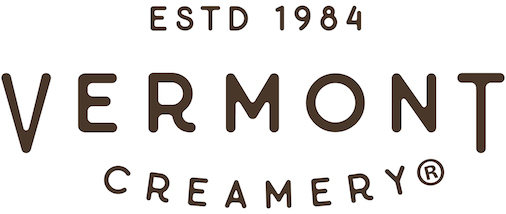

Vermont Creamery

Vermont, United States
January 2014
Food products
Manufacturing
United States
In 1984, Americans were hard pressed to find much variety in the dairy aisle of their local supermarket, especially when it came to cheese and butter. European-style butter had not made it across the ocean to entice shoppers away from the familiar sweet cream options and goat cheese was still far from a pantry item for most home cooks. Meanwhile in Vermont, two young visionaries, Allison Hooper and Bob Reese were building a business that would, against all odds, introduce American diners to handcrafted goat cheese and later European-style cultured butter – Vermont Creamery. Crafted in Vermont’s green mountains, Vermont Creamery’s line of fresh and aged goat cheeses, cultured butter, and crème fraîche have won hundreds of national and international awards. In their 35th year of business, Vermont Creamery supports a network of more than 17 family farms, promoting sustainable agriculture in the region. B Corp Certified in 2014, Vermont Creamery has been ranked one of “The Best Places to Work in Vermont,” by Vermont Business Magazine. Vermont Creamery is a subsidiary of Minnesota-based Land O’Lakes, Inc., one of America’s premier agribusiness and food companies. For more information, visit www.vermontcreamery.com.
Overall B Impact Score
Governance 12.9
Governance evaluates a company's overall mission, engagement around its social/environmental impact, ethics, and transparency. This section also evaluates the ability of a company to protect their mission and formally consider stakeholders in decision making through their corporate structure (e.g. benefit corporation) or corporate governing documents.
What is this? A company with an Impact Business Model is intentionally designed to create a specific positive outcome for one of its stakeholders - such as workers, community, environment, or customers.
Workers 28.6
Workers evaluates a company’s contributions to its employees’ financial security, health & safety, wellness, career development, and engagement & satisfaction. In addition, this section recognizes business models designed to benefit workers, such as companies that are at least 40% owned by non-executive employees and those that have workforce development programs to support individuals with barriers to employment.
Community 19.8
Community evaluates a company’s engagement with and impact on the communities in which it operates, hires from, and sources from. Topics include diversity, equity & inclusion, economic impact, civic engagement, charitable giving, and supply chain management. In addition, this section recognizes business models that are designed to address specific community-oriented problems, such as poverty alleviation through fair trade sourcing or distribution via microenterprises, producer cooperative models, locally focused economic development, and formal charitable giving commitments.
Environment 18.0
Environment evaluates a company’s overall environmental management practices as well as its impact on the air, climate, water, land, and biodiversity. This includes the direct impact of a company’s operations and, when applicable its supply chain and distribution channels. This section also recognizes companies with environmentally innovative production processes and those that sell products or services that have a positive environmental impact. Some examples might include products and services that create renewable energy, reduce consumption or waste, conserve land or wildlife, provide less toxic alternatives to the market, or educate people about environmental problems.
Customers 3.8
Customers evaluates a company’s stewardship of its customers through the quality of its products and services, ethical marketing, data privacy and security, and feedback channels. In addition, this section recognizes products or services that are designed to address a particular social problem for or through its customers, such as health or educational products, arts & media products, serving underserved customers/clients, and services that improve the social impact of other businesses or organizations.